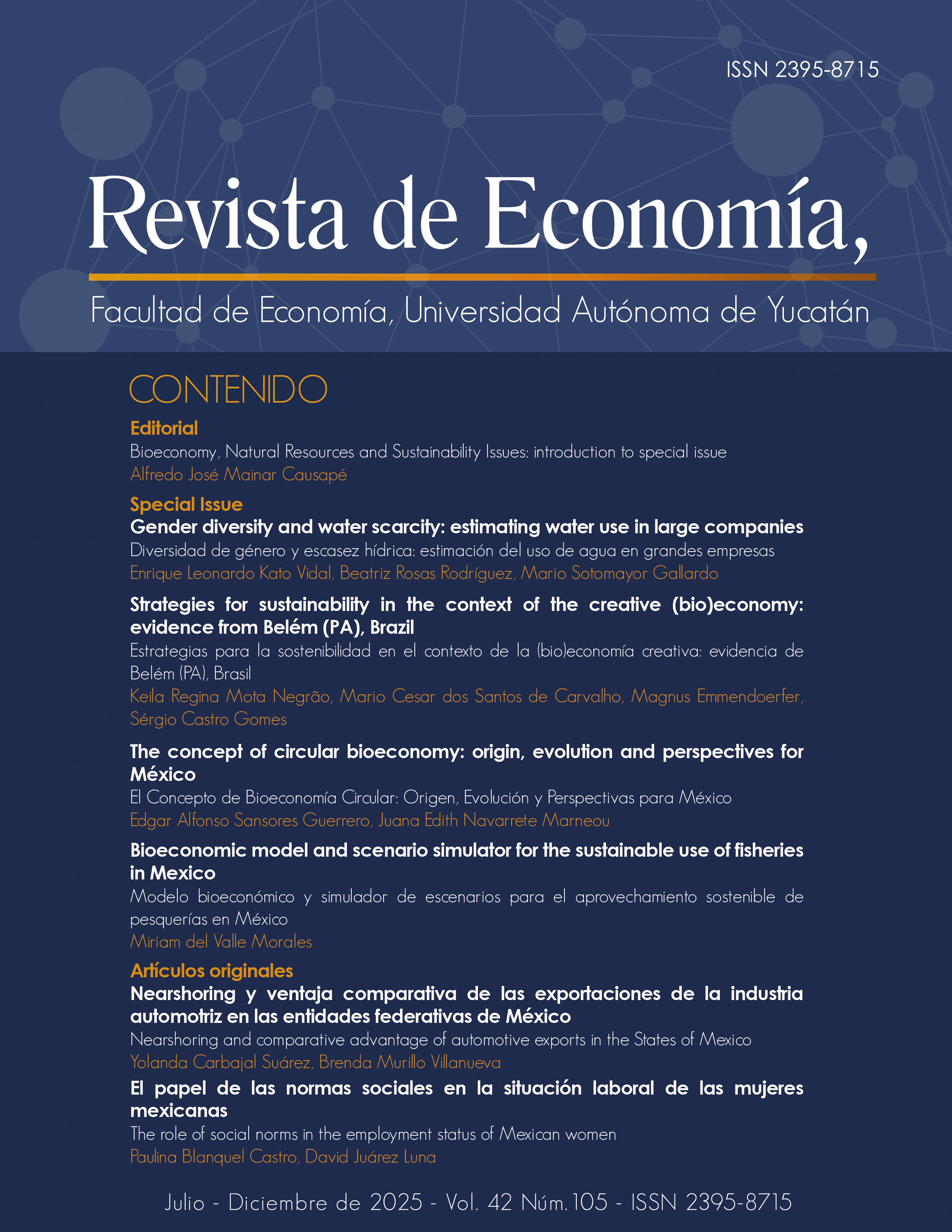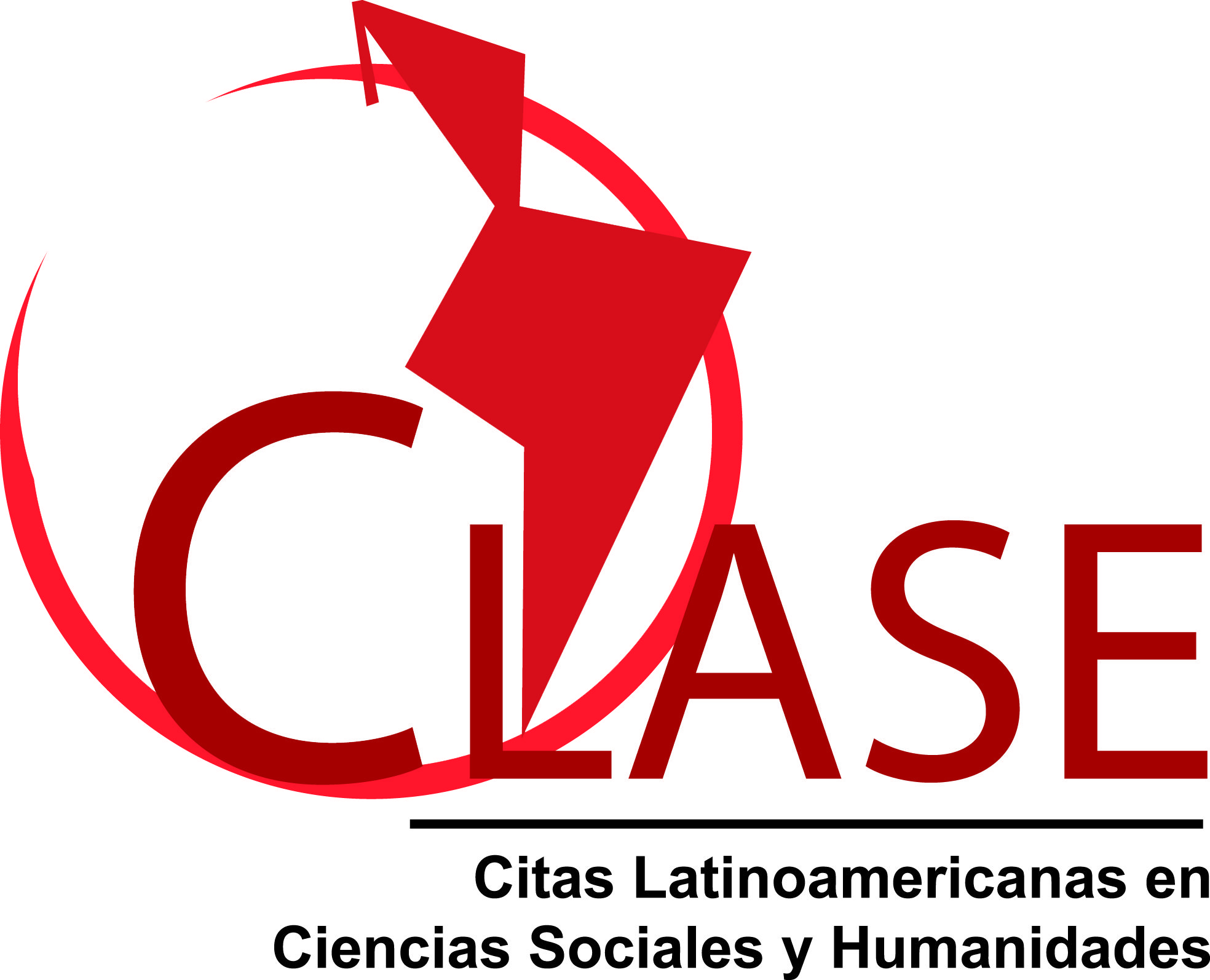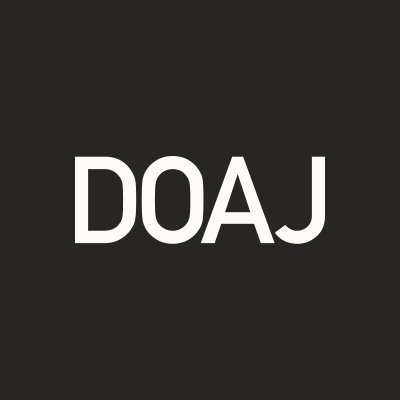Bioeconomic model and scenario simulator for the sustainable utilization of fisheries in Mexico
Abstract
A bioeconomic model with dynamic optimization is presented to maximize the profits generated from the exploitation of marine species. As an essential condition, this article establishes and demonstrates a growth order relationship between price and cost, which is necessary for the model’s applicability. Additionally, it introduces the original design of a computational simulator (a Matlab® application) that allows for the planning of fishing bans and fishing efforts to achieve maximum profits in the long, medium, or short term. The simulator provides the corresponding values for any period, with discount rates adjustable according to user-defined conditions. Among its features, the simulator determines the minimum effort a fishery must have, as well as the minimum value that should be set for the residual biomass as a standard for species preservation. In this way, any fishery can assess whether it has the necessary effort units to implement the model or even analyze its economic viability during initial ban periods. For example, it could decide whether it is more convenient to wait until the start of harvesting or to temporarily invest in another project. In summary, the simulator enables fisheries to evaluate different scenarios and make optimal decisions regarding the application (or not) of the model according to their interests. To demonstrate its functionality, the application was used with real data from two Mexican species.
Copyright (c) 2025 Revista de Economía, Facultad de Economía, Universidad Autónoma de Yucatán

This work is licensed under a Creative Commons Attribution-NonCommercial-ShareAlike 4.0 International License.
D.R. © Revista de Economía
The conditions that are required when granting the attribution license called CC -BY-NC-SA are the following:
1. The Universidad Autónoma de Yucatán must be clearly identified as the owner of the copyright of the original publication.
2. The material may not be used for commercial purposes.
3. Any derivative work must be published and distributed under the same open access license as the original publication.











